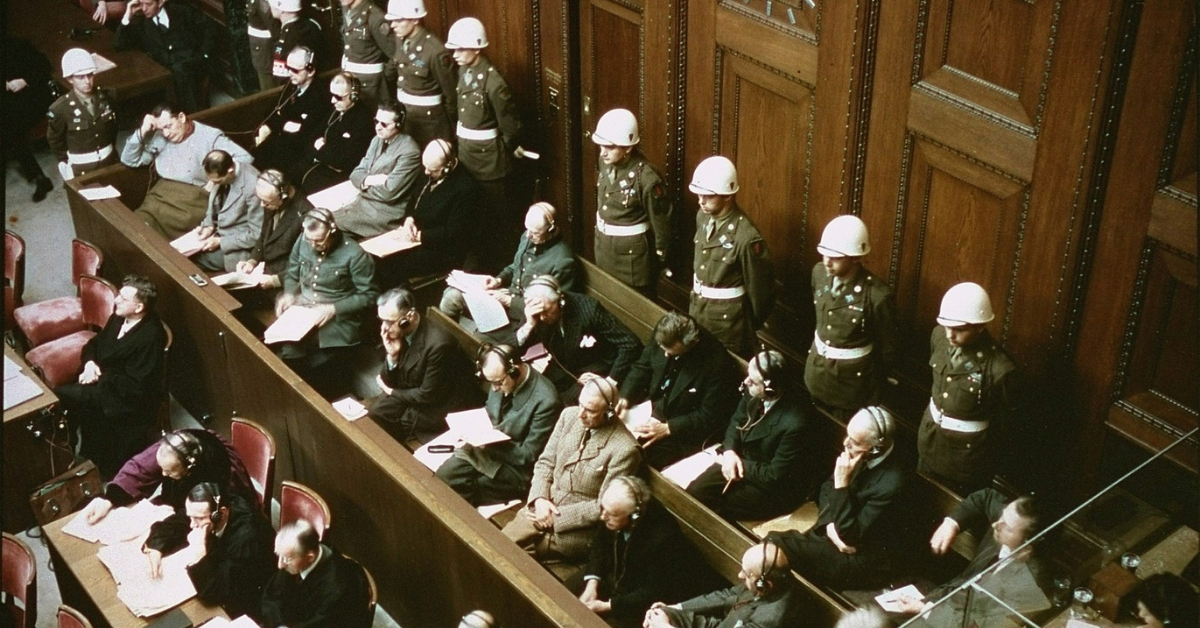On November 19, 1945, the Nuremberg trials started with indictments against 24 major war criminals and seven organizations.
All of the criminals tried were members of the Nazi Party, but who were they exactly? What had they done and what were they found guilty of?
Julius Streicher
Julius Streicher was a prominent member of the Nazi Party and founder of Der Stürmer. The weekly newspaper was anti-Semitic and became a central element of the Nazi propaganda machine. He was also the Gauleiter of Franconia until 1940 when he was relieved of authority.
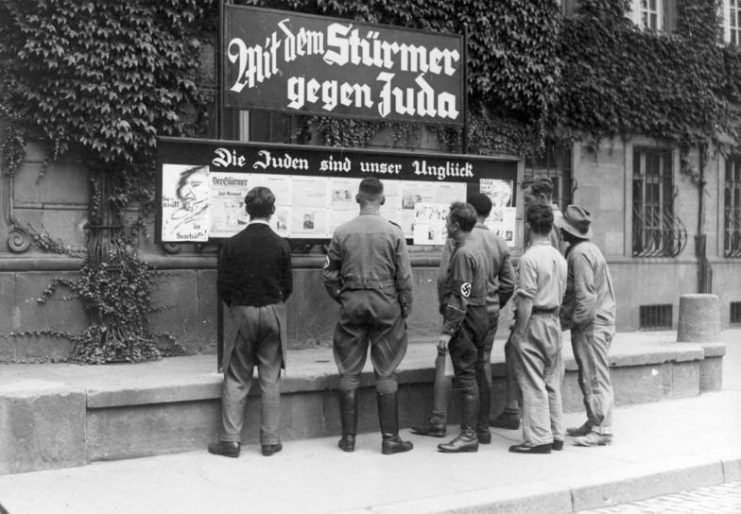
While he was not a member of the military and did not have a hand in planning the Holocaust, his incitement was enough for an indictment.
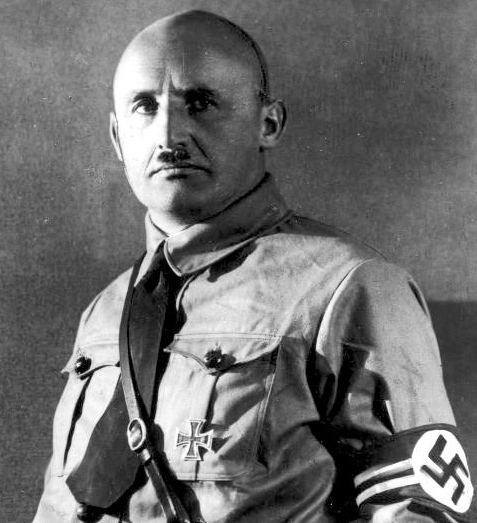
Streicher was acquitted of crimes against peace but found guilty of crimes against humanity. He was sentenced to death by hanging.
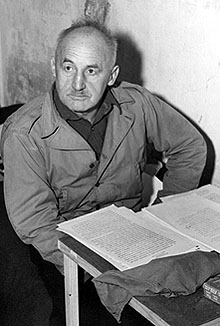
Arthur Seyss-Inquart
Arthur Seyess-Inquart was an Austrian member of the Nazi Party and served as the Chancellor of Austria for two days. During the war, he served in the General Government of Poland and the Reichskommissar in the Netherlands.
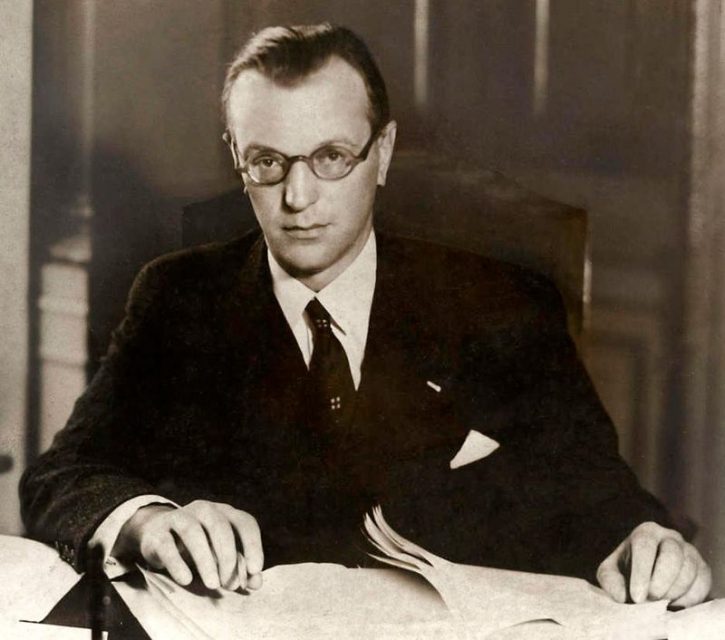
He faced four charges in the Nuremberg trials and was acquitted of conspiracy. He was found guilty of the other charges and sentenced to death by hanging.
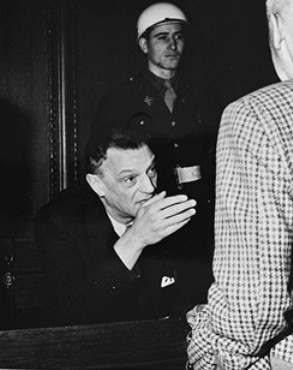
Fritz Sauckel
Fritz Sauckel was the Gauleiter of Thuringia as well as the General Plenipotentiary for Labor Deployment. He held this position from March 1942 to the end of the war.
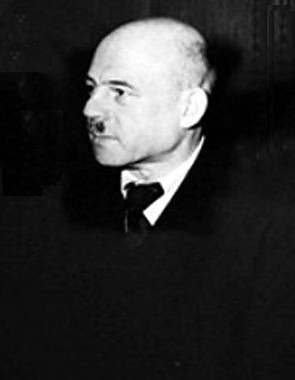
During the trials, he defended the Arbeitseinsatz as being nothing to do with exploitation but merely an economic process of labor supply.
He was found guilty of crimes against humanity and war crimes which carried a sentence of death by hanging.
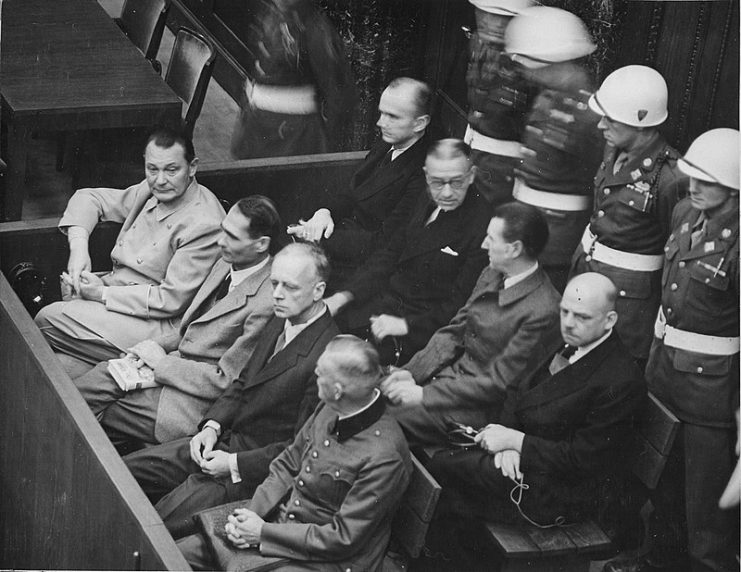
Alfred Rosenberg
Alfred Rosenberg is considered to be one of the main authors of the National Socialist ideological creeds. This includes its radical theory, persecution of the Jews, and the abrogation of the Treaty of Versailles.
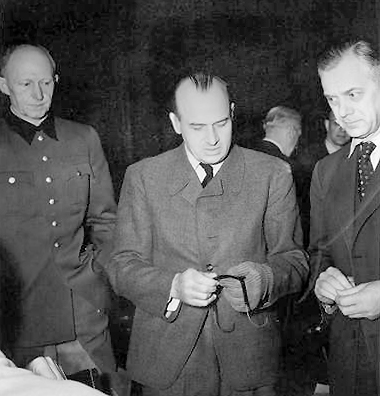
Rosenberg was one of the Nazi Party members to be found guilty of all counts during the trials and sentenced to death.
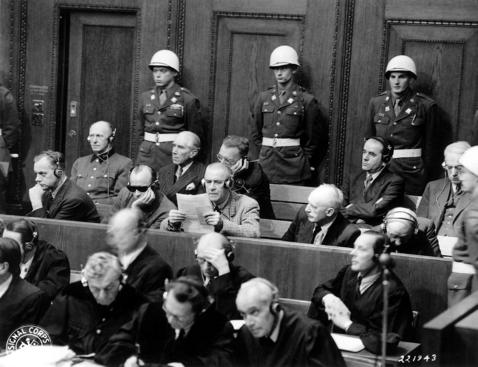
Joachim von Ribbentrop
Joachim von Ribbentrop was Foreign Minister for Germany from 1938 to 1945. He was a close confidant of Adolf Hitler and was a key player in brokering pacts with Italy and the Soviet Union.
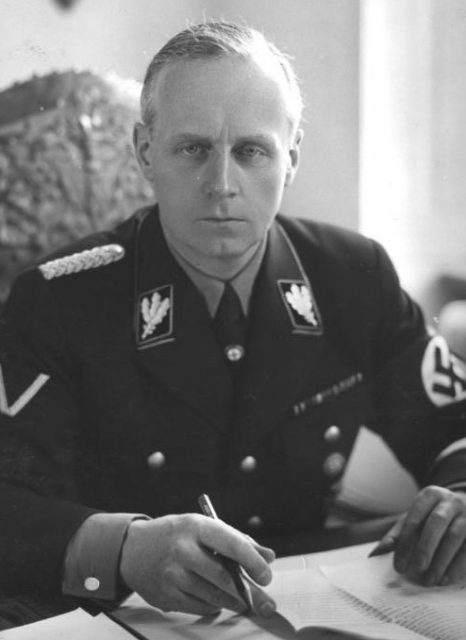
He was found guilty of all charges and was the first of the defendants sentenced to death by hanging.
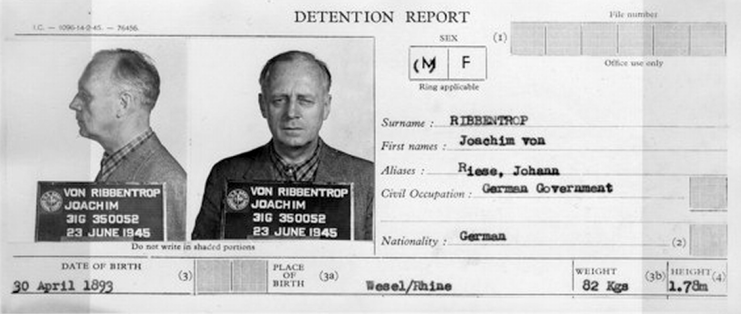
Wilhelm Keitel
Wilhelm Keitel was a field marshal and the Chief of the Armed Forces High Command during WWII. He was well known as a dependable man for Hitler among his military colleagues.
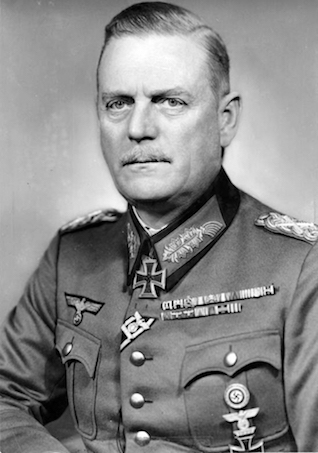
He was found guilty on all charges at the Nuremberg trials and was the third highest ranking officer to be tried.
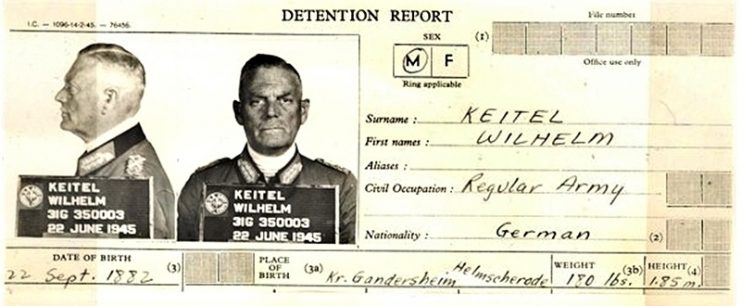
Ernst Kaltenbrunner
Ernst Kaltenbrunner was the highest-ranking member of the SS to stand trial at the initial Nuremberg trials. He was an Austrian-born member of the Nazi Party and the Chief of the Reich Main Security Office.
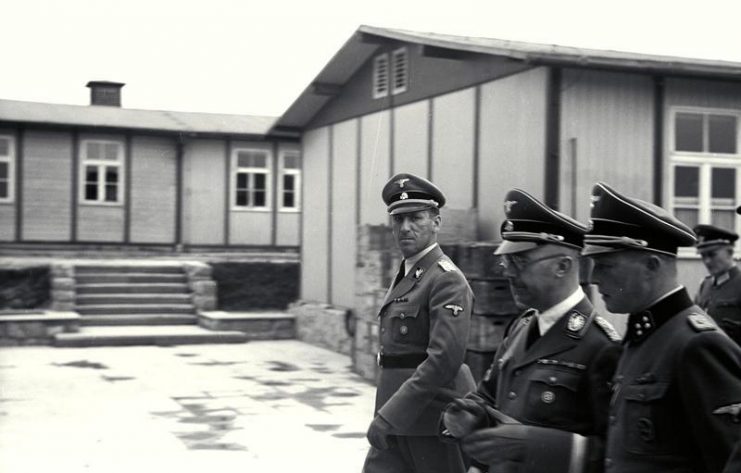
He was absent during the initial stages of the trial due to two episodes of subarachnoid hemorrhage.
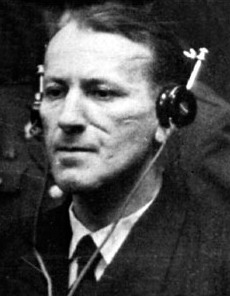
He was acquitted of crimes against peace but found guilty of crimes against humanity and war crimes. He was sentenced to death by hanging.
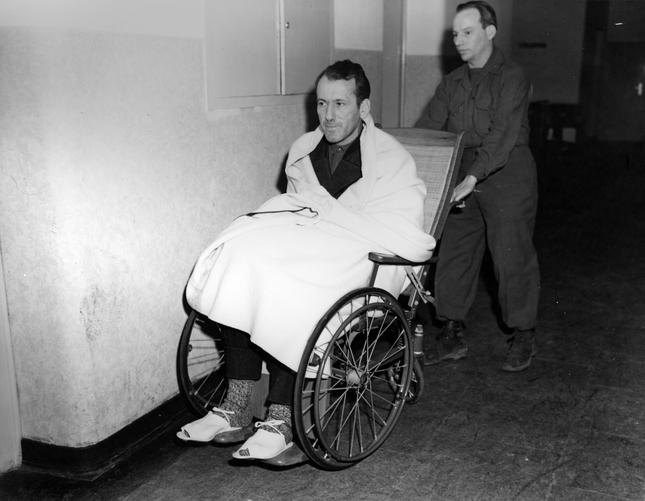
Alfred Jodl
Alfred Jodl was a general during the war. He also served as the Chief of the Operations Staff of the Armed Forces High Command. The primary charges he faced at the trials related to his signature on criminal Commando and Commissar Orders.
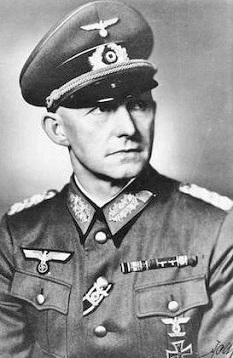
He was found guilty on all charges and sentenced to death.
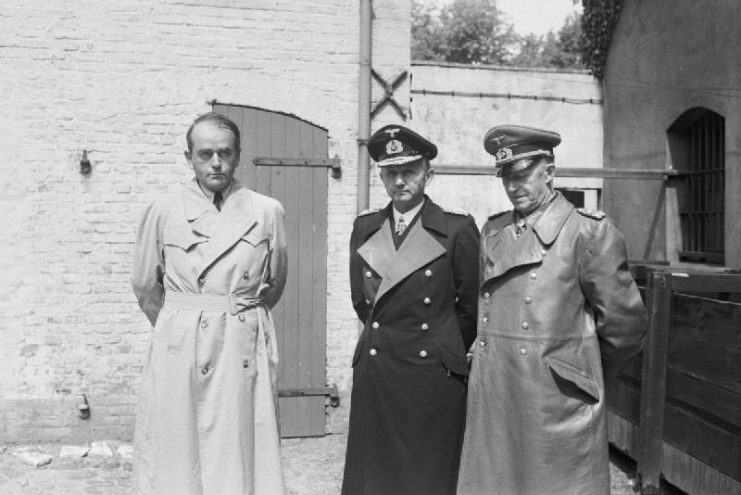
Hermann Göring
Hermann Göring was one of the most powerful figures in the Nazi Party.
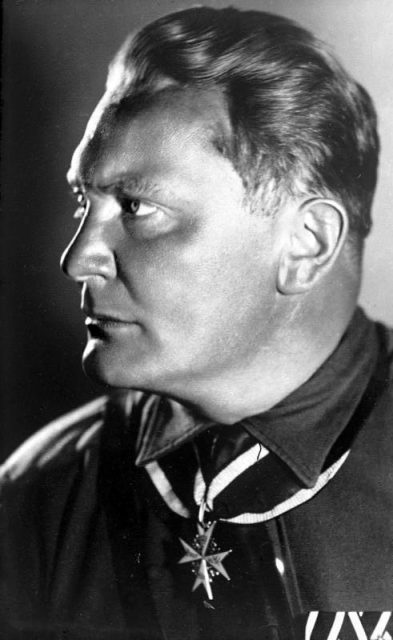
One of his first acts in the government was to oversee the creation of the Gestapo which was ceded to Heinrich Himmler. He was later appointed the commander-in-chief of the Luftwaffe.
He was found guilty of all charges but committed suicide by ingesting cyanide the night before his death sentence was to be carried out.
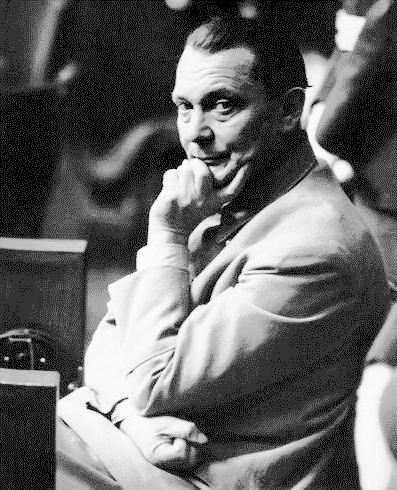
Wilhelm Frick
From 1933 to 1943, Wilhelm Frick was the Reich Minister of the Interior. His role in formulating the Enabling Act which was used for the deportation of people to concentration camps led to a guilty verdict.
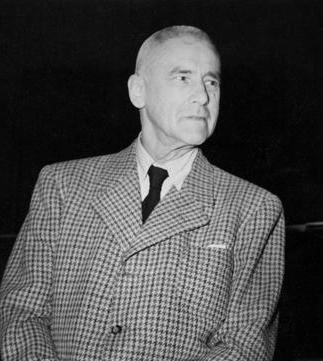
He was sentenced to death and was the sixth of the guilty defendants to be hanged.
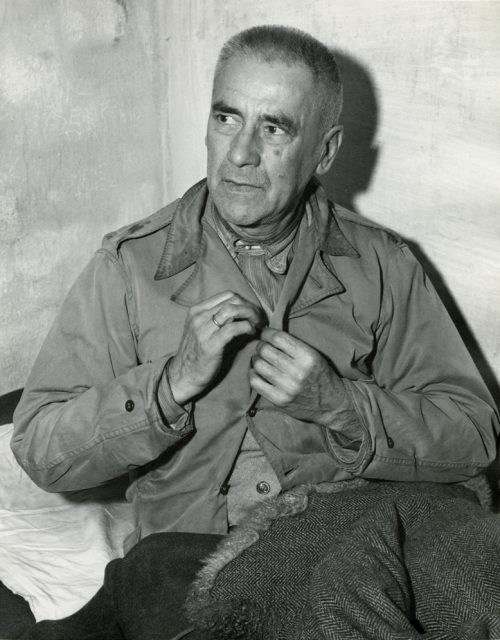
Hans Frank
Hans Frank was a lawyer who worked for the Nazi Party and later became Adolf Hitler’s personal lawyer. He was also the chief jurist in occupied Poland where he instituted a reign of terror against the population.
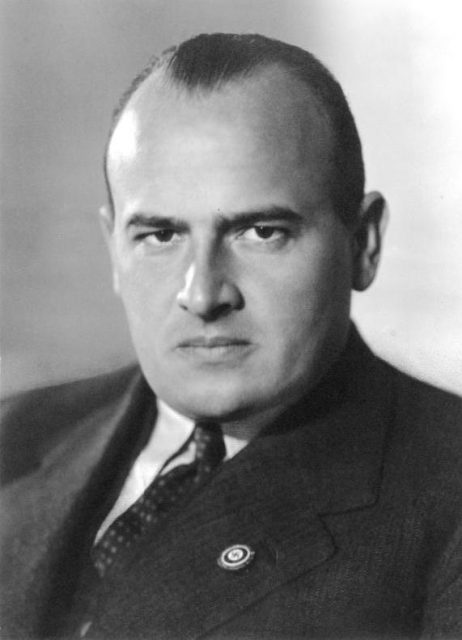
During his trial, he expressed remorse on the witness stand but was still found guilty and sentenced to death.
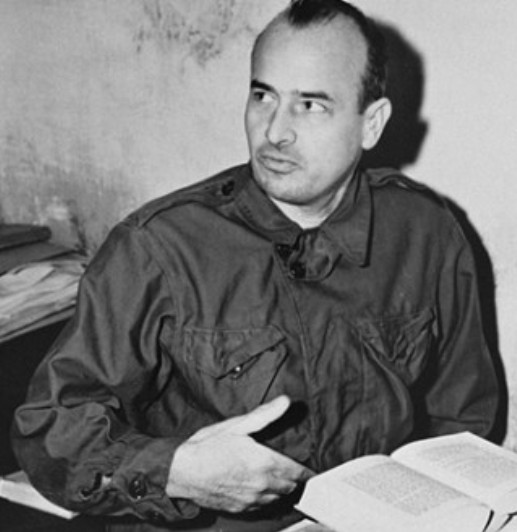
Martin Bormann
As the head of the Nazi Party Chancellery, Martin Bormann gained immense power. As Hitler’s private secretary he was able to control the flow of information and access to Hitler. After Hitler’s suicide, he succeeded him as Party Minister.
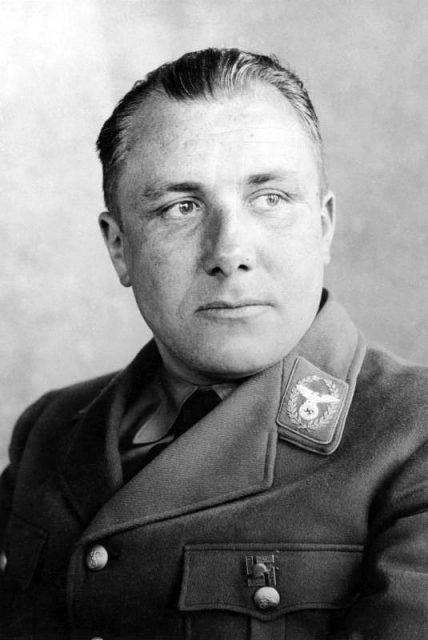
Following the war, there were contradictory reports of Bormann’s whereabouts. He was the only Party member tried in absentia and sentenced to death by hanging.
His body was found in 1972, and it is believed that he committed suicide immediately after the war.
Erich Raeder
Erich Raeder was a German admiral who played a large role in the naval history of the war. He gained the highest possible naval rank of Grand Admiral but resigned before the end of the war.
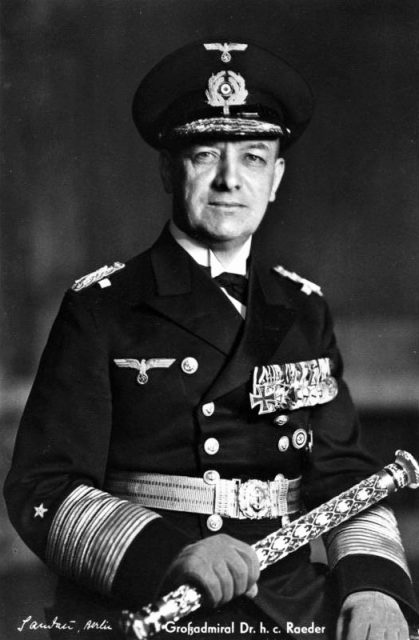
He was found guilty on all charges at trial and was sentenced to life imprisonment.
In 1955, he was released from prison due to poor health.
Rudolf Hess
Rudolf Hess was the Deputy Führer from 1933 to 1941 when he flew to Scotland to attempt peace negotiations. While awaiting trial in Nuremberg, Hess started to exhibit amnesia but was found to be fit to stand trial.
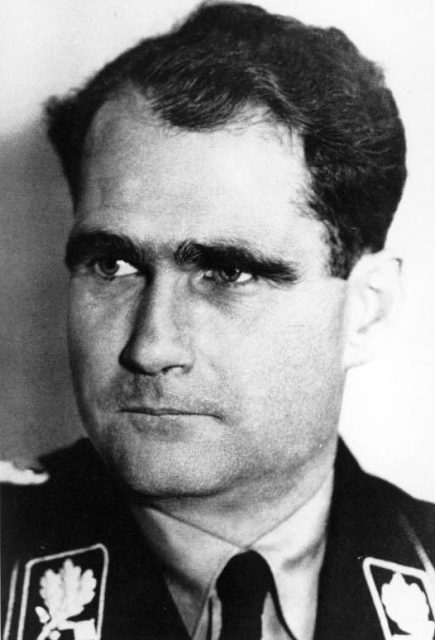
He was found guilty on two counts, but acquitted on crimes against humanity and war crimes. Hess was sentenced to life imprisonment and spent the rest of his life in Spandau Prison.
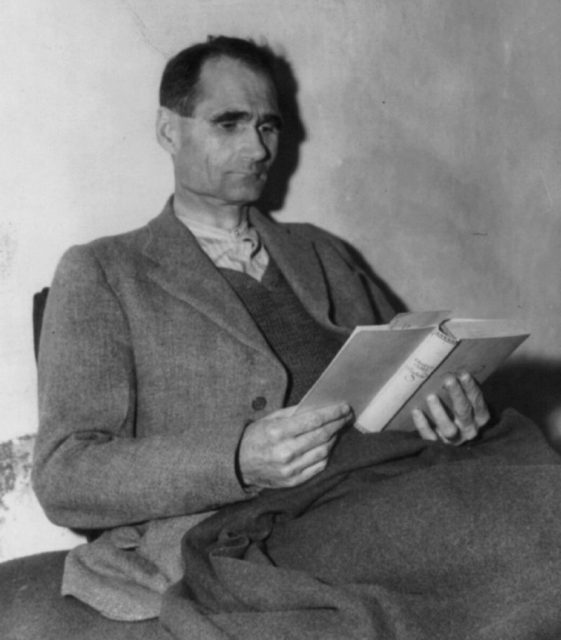
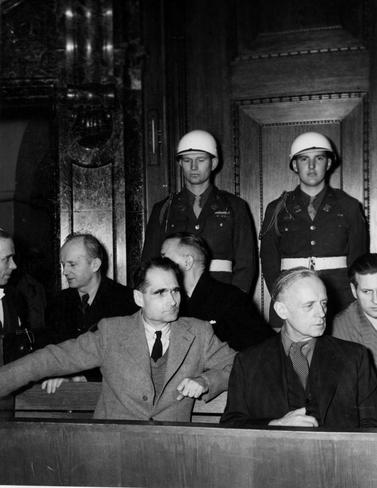
Walther Funk
Walther Funk was a German economist who served as the Reich Minister for Economic Affairs. He was accused of being closely involved in the confiscation and disposal of property of German Jews.
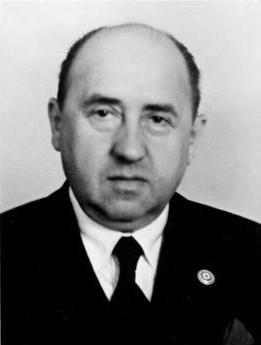
He was tried in Nuremberg despite being in poor health and found guilty of three charges. He was sentenced to life imprisonment, but was released in 1957 because of ill health.
Albert Speer
For most of the war, Albert Speer was the Reich Minister of Armaments and War Production. His architectural skills made him a prominent member of the Nazi Party. He would later become known as the Nazi who said sorry as he showed remorse at his trial.
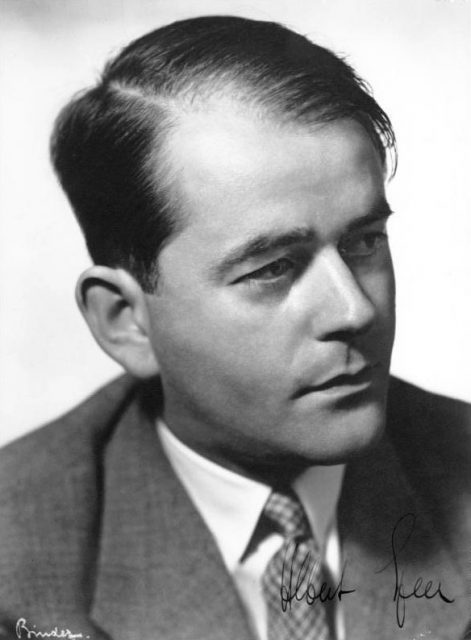
He was found guilty of crimes against humanity and war crimes for which he was sentenced to 20 years imprisonment.
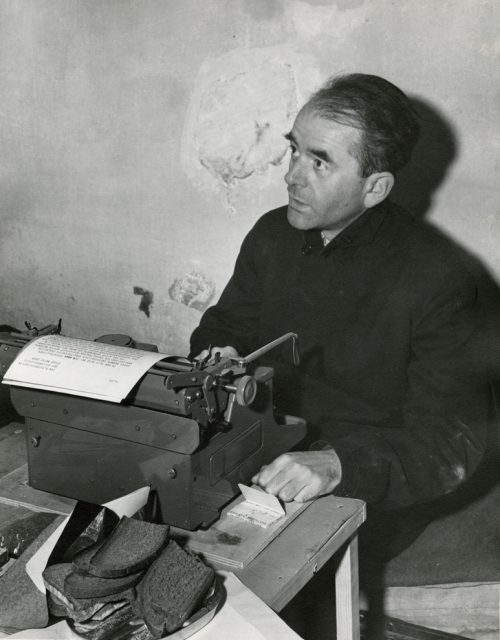
Baldur von Schirach
Baldur von Schirach is best known for this role as the national youth leader of the Nazi Party. He was also the head of the Hitler Youth from 1931 to 1940. In 1945, he surrendered and was put on trial with other leading Party members.
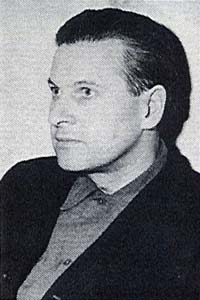
He was found guilty of only one charge and sentenced to 20 years imprisonment in Spandau Prison.
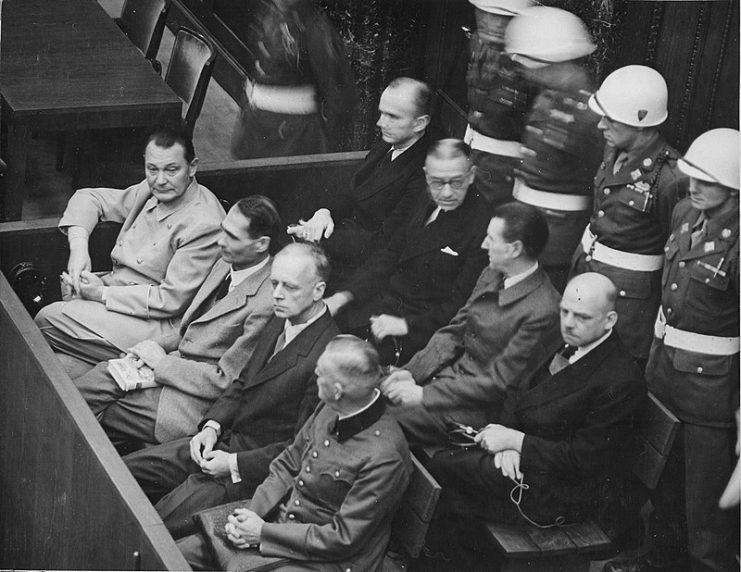
Baron Konstantin von Neurath
Baron Konstantin von Neurath was a German diplomat and German Foreign Minister between 1932 and 1938.
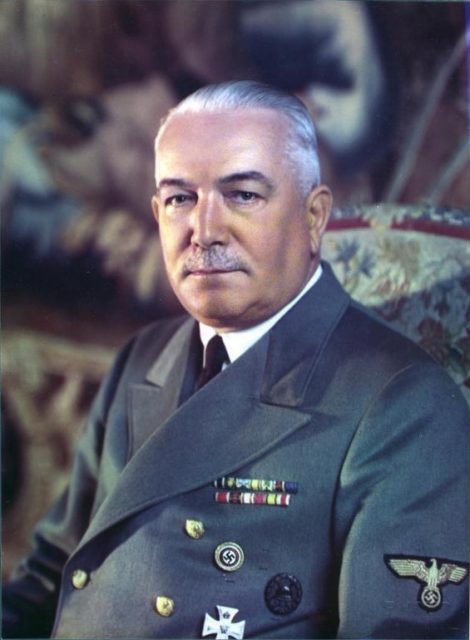
While he did not play a large role in WWII or the Nazi Party, his early involvement was seen as helping Hitler undermine the Treaty of Versailles.
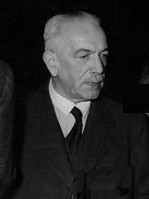
While he was found guilty on all counts, he was sentenced to only 15 years imprisonment. This was due to his not holding a prominent position during the height of the Third Reich’s tyranny.
Karl Dönitz
While Karl Dönitz briefly succeeded Hitler as head of state, he is best known for his role in the navy. During his time in the military, he achieved the rank of Grand Admiral and replaced Erich Raeder.
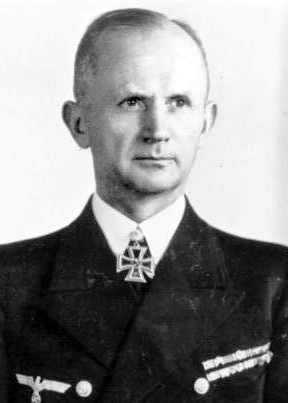
He was only indicted on three counts at trial and found guilty on two. He was sentenced to 10 years in Spandau Prison.
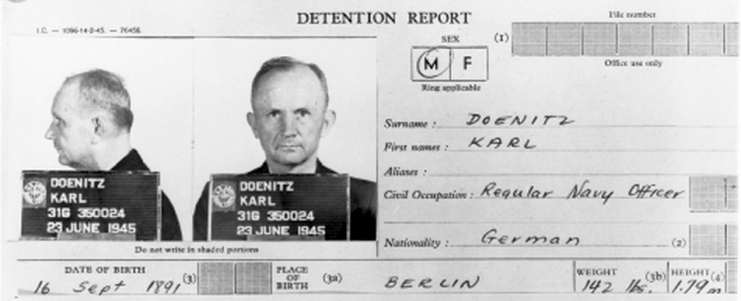
Franz von Papen
Franz von Papen was a German nobleman and was the Vice-Chancellor under Adolf Hitler. It was von Papen who persuaded Hindenburg to appoint Hitler as Chancellor in a cabinet not under Nazi Party domination.
Read another story from us: The Nazi Princess – Gudrun Burwitz
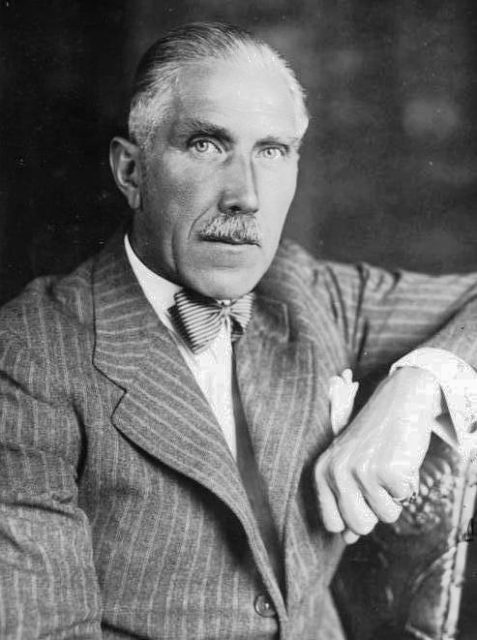
At the Nuremberg trials, he was acquitted of all charges, but was reclassified a war criminal by a German de-Nazification court.
